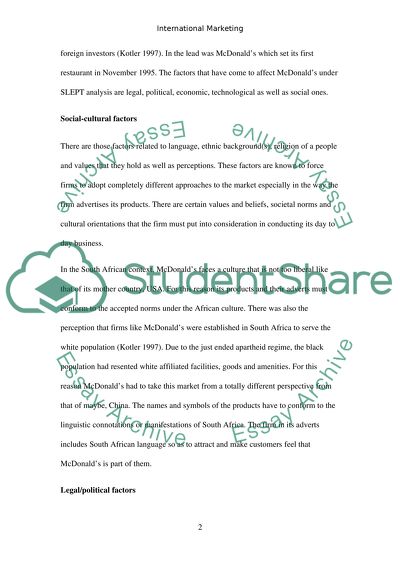Cite this document
(McDonalds - Situation Analysis, Social-cultural, Legal, Technological Research Paper, n.d.)
McDonalds - Situation Analysis, Social-cultural, Legal, Technological Research Paper. Retrieved from https://studentshare.org/marketing/1527019-international-marketing-plan
McDonalds - Situation Analysis, Social-cultural, Legal, Technological Research Paper. Retrieved from https://studentshare.org/marketing/1527019-international-marketing-plan
(McDonalds - Situation Analysis, Social-Cultural, Legal, Technological Research Paper)
McDonalds - Situation Analysis, Social-Cultural, Legal, Technological Research Paper. https://studentshare.org/marketing/1527019-international-marketing-plan.
McDonalds - Situation Analysis, Social-Cultural, Legal, Technological Research Paper. https://studentshare.org/marketing/1527019-international-marketing-plan.
“McDonalds - Situation Analysis, Social-Cultural, Legal, Technological Research Paper”, n.d. https://studentshare.org/marketing/1527019-international-marketing-plan.


